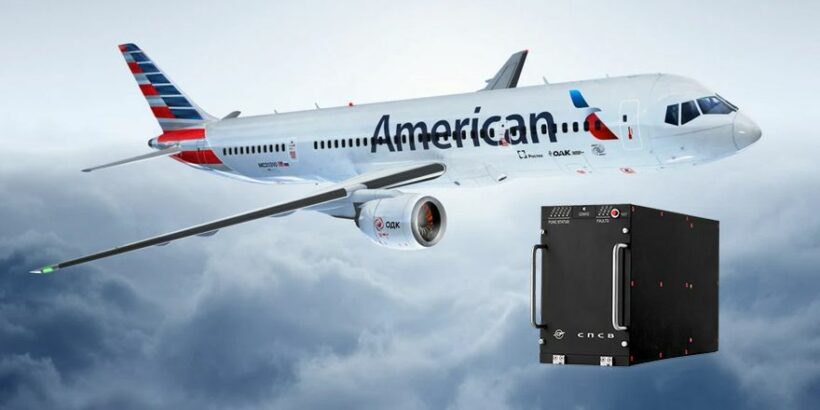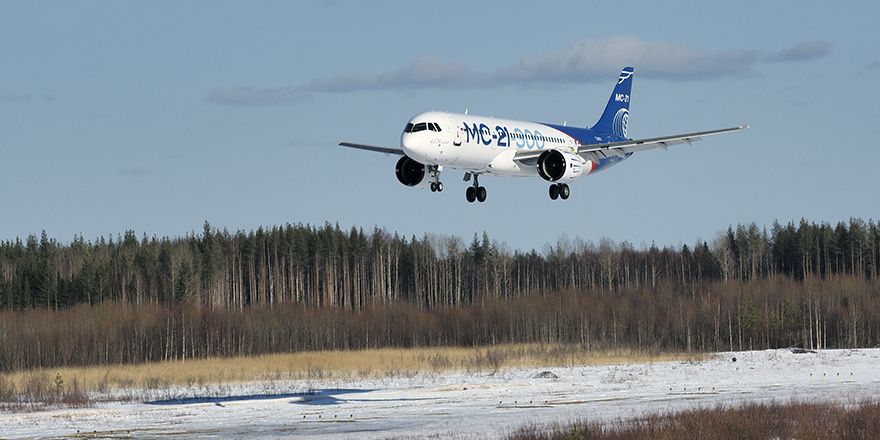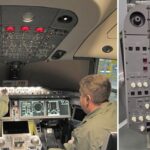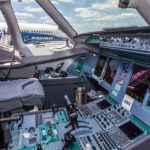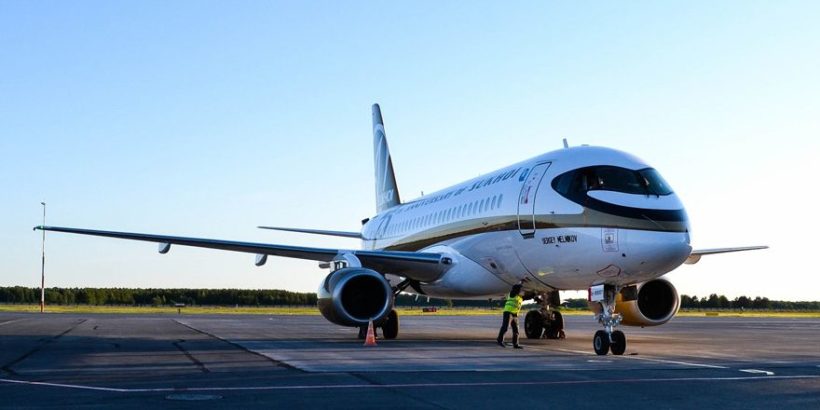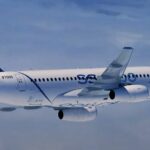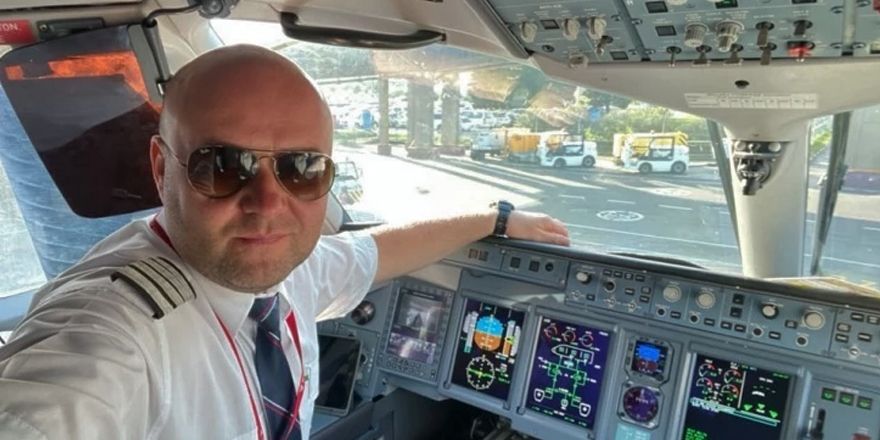The Navigator Institute of Aviation Instrument Engineering has begun transferring the first samples of the Airborne Collision Warning System (ACWS) for the MC-21 and SSJ-New aircraft to Irkut Corporation. It was reported by RT with reference to the technical director of JSC Navigator Sergey Chanushkin.
The SPSV, which implements the functions of TCAS II, provides the crew with recommendations for eliminating a conflict situation in the air. Using queries from onboard transponder units, it determines the range, bearing and relative altitude of surrounding aircraft. In cooperation with an aircraft equipped with TCAS II, a collision avoidance manoeuvre is jointly coordinated.
“The system is now being installed on Sukhoi Superjet and MC-21. Four systems have already been shipped to Sukhoi Superjet. Two of them are now being installed on the aircraft. In August this year we have to deliver four DAS to the MC-21 manufacturer,” said Sergey Chanushkin.
Prior to flight testing on the airplanes, the SPSV will be tested in a semi-navigational test facility for testing and integration of onboard equipment “electronic bird”. Such tests are necessary to make sure on the ground that the DAS interfaces with other onboard systems, Chanushkin explained.
According to him, the airborne collision warning system has been tested on an L-410 regional aircraft. Currently, one of the stages of avionics certification – SOI2 audit – is underway. By the end of the year, Navigator expects to receive an airworthiness certificate for the component parts.
Research into collision avoidance systems has been going on since at least the 1950s. The US company Collins Aerospace with its TCAS development is the world monopoly on the traffic collision avoidance systems market.
